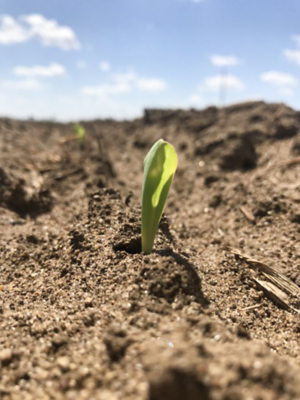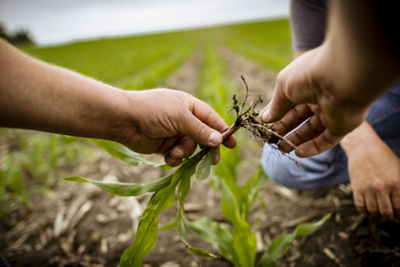Planting Depth and Landscape Position Effects on Corn Emergence
Written by Newell Kitchen, USDA-ARS; Stirling Stewart, Univ. of Missouri; Lance Conway, Univ. of Missouri; Matt Yost, Univ. of Missouri; Paul Carter, Corteva Agriscience.
Written by Newell Kitchen, USDA-ARS; Stirling Stewart, Univ. of Missouri; Lance Conway, Univ. of Missouri; Matt Yost, Univ. of Missouri; Paul Carter, Corteva Agriscience.
More insights for your corn acres.

Planning and execution in corn planting are critical to maximize the genetic potential of today’s elite corn hybrids.
Learn how to maximize
Does soil texture affect the ideal corn planting depth? This study went to the field to find out.
See the results
Research conducted as a part of the Pioneer Crop Management Research Awards (CMRA) Program. This program provides funds for agronomic and precision farming studies by university and USDA cooperators throughout North America. The awards extend for up to four years and address crop management information needs of Pioneer agronomists, sales professionals, and customers.
The foregoing is provided for informational use only. Please contact your Pioneer sales professional for information and suggestions specific to your operation. 2017-2019 data are based on average of all comparisons made in two locations through Dec. 1, 2019. Multi-year and multi-location is a better predictor of future performance. Do not use these or any other data from a limited number of trials as a significant factor in product selection. Product responses are variable and subject to a variety of environmental, disease, and pest pressures. Individual results may vary.